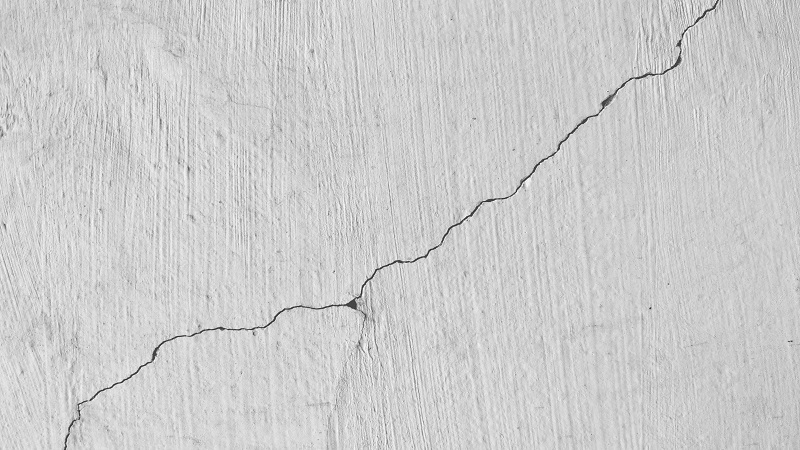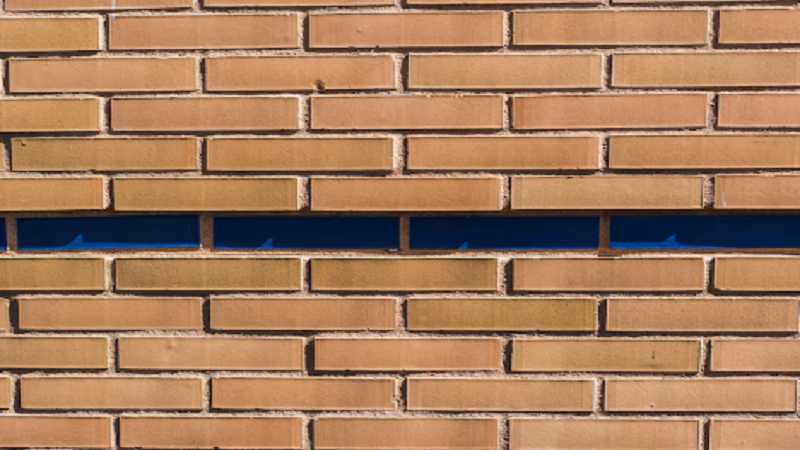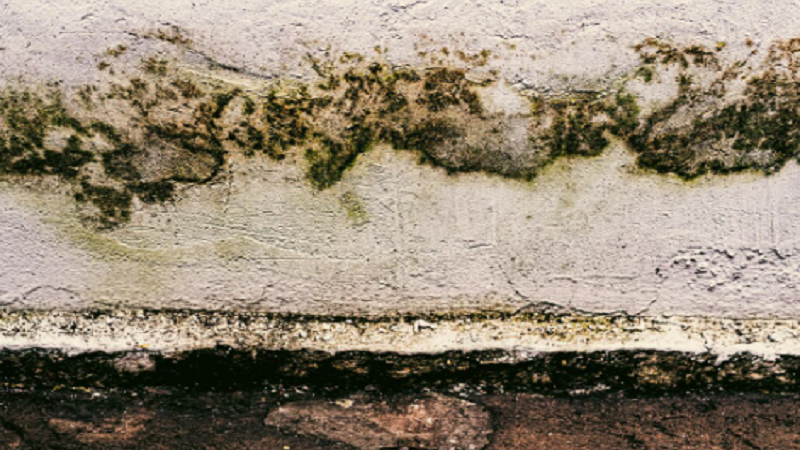Your home’s foundation is literally what holds everything together. It’s easy to forget about because it’s out of sight, but neglecting foundation issues can lead to major structural damage—and a major hit to your wallet. Foundation problems typically develop slowly over time, but by knowing the signs to watch for, you can take action early and avoid extensive repairs. In this article, we’ll explore 5 common signs of foundation damage you shouldn’t ignore, along with what causes these issues and what steps you can take.
1. Cracks in Walls or Floors

One of the most obvious indicators of foundation damage is cracks appearing in your walls, floors, or ceilings. These cracks may start small, like hairline fractures, but can quickly expand into deeper and wider separations if left unchecked.
Types of cracks to watch out for:
-
Horizontal cracks in basement walls are particularly serious and often point to pressure from soil or water pushing against the foundation.
-
Vertical cracks might be less urgent but still need inspection.
-
Diagonal cracks, especially those wider at one end, are often signs of differential settling.
While some small cracks may occur due to natural settling of a home over time, large or growing cracks usually indicate a more severe issue. In older homes, normal shrinkage can also cause cracks, but if you’re seeing new ones or they’re expanding, it’s time to call a professional.
What causes these cracks?
-
Soil shifting or erosion beneath the home
-
Improper drainage or water accumulation
-
Earthquakes or nearby construction
Ignoring these cracks may result in structural weaknesses, allowing moisture or pests to enter your home and further degrade the integrity of your property.
2. Uneven or Sloping Floors

Do you feel like you’re walking uphill in your own home? Uneven or sloping floors are another key sign that your foundation may be compromised. While some slope may be due to poor craftsmanship or an older build, a noticeable change in floor level should raise concern.
How to detect uneven floors:
-
Roll a marble or ball across the room and observe the path.
-
Use a laser level or long carpenter’s level to check if floors are slanted.
-
Walk barefoot and feel for dips or slopes.
This problem typically results from foundation settlement—when the soil beneath the foundation shifts or compacts, causing parts of the home to sink. Over time, this misalignment can damage beams, joists, and flooring materials, leading to creaking, bouncing, or sagging floors.
In some cases, uneven flooring can also be traced back to moisture issues, such as a leaking pipe under the floor or excess humidity in a crawl space. Either way, the underlying issue is structural and shouldn’t be ignored.
3. Windows and Doors That Won’t Close or Stick

Another frequently overlooked but important sign of foundation damage is windows and doors that no longer open or close properly. If your once-smooth sliding windows or well-hung doors suddenly begin sticking or leaving gaps, the culprit may be shifting foundations.
Signs to observe:
-
Doors that won’t latch
-
Gaps at the top or bottom of doors
-
Cracks appearing above door and window frames
-
Windows that require force to open or close
When a foundation moves, it causes the house frame to twist or warp, misaligning door jambs and window frames. This is especially noticeable in older homes, but can affect newer builds as well, especially in areas with unstable soil or frequent freeze-thaw cycles.
If this issue is isolated to one door or window, it may be a simple fix. But if you see it happening throughout your home, or in conjunction with other signs like cracking and sloping floors, it’s best to get a professional foundation inspection.
4. Exterior Brick or Siding Gaps

Your home’s exterior can tell you a lot about what’s happening beneath the surface. Visible gaps between bricks, stonework, or siding panels may indicate that the foundation is shifting, causing the materials to separate.
Warning signs include:
-
Cracked or bowed brickwork
-
Mortar falling out or crumbling
-
Siding pulling away from the house
-
Visible gaps where walls meet windows or corners
In brick homes, “stair-step cracks” along mortar lines are a classic sign of foundation movement. These are often caused by differential settlement, where one part of the foundation sinks faster than another, pulling the structure in different directions.
What to do:
If you spot any of these signs, don’t just patch them with mortar or sealant. This only covers the symptom. Instead, consult a foundation specialist who can assess the structural integrity and suggest reinforcement or stabilization techniques like piering or wall anchors.
5. Basement or Crawl Space Moisture Issues

Damp, musty, or moldy crawl spaces and basements are more than just unpleasant—they’re often signs of underlying foundation trouble. When a foundation begins to crack or shift, it can allow water to seep in, especially during rainy seasons or after snowmelt.
What to look for:
-
Water stains on basement walls
-
Pools or puddles of water in corners
-
Mold growth or musty odors
-
Rust on appliances or metal fixtures
-
Sagging insulation in crawl spaces
Moisture in these areas can compromise the wooden joists and beams supporting your home, leading to rot, insect infestations, and unhealthy indoor air quality. It’s also a vicious cycle: foundation damage allows water in, and water exacerbates foundation damage.
If moisture is present, it’s crucial to address both the water issue and any foundation-related causes. This may include waterproofing your basement, improving drainage around the home, or installing a sump pump. However, without dealing with the foundation itself, these will only be temporary fixes.
Conclusion
Foundation damage is a silent threat that can sneak up on homeowners. Left unattended, it can lead to serious structural instability, major repair bills, and a decrease in property value. Fortunately, by staying alert to these 5 common signs of foundation damage, you can catch problems early and take action before things spiral out of control.

